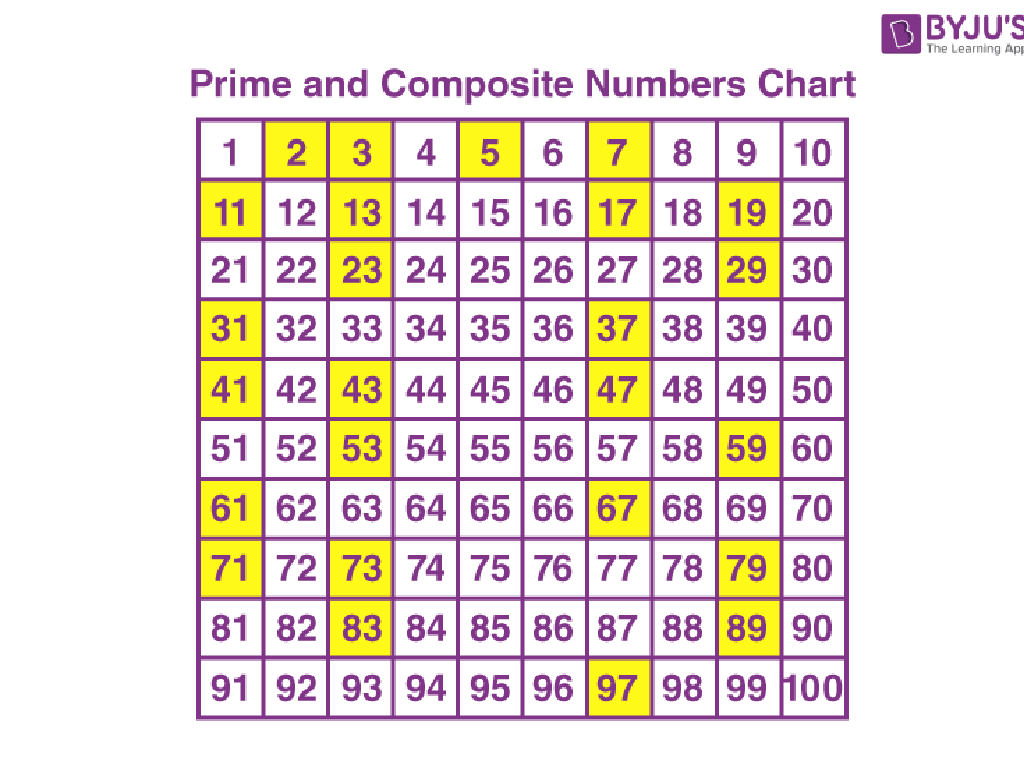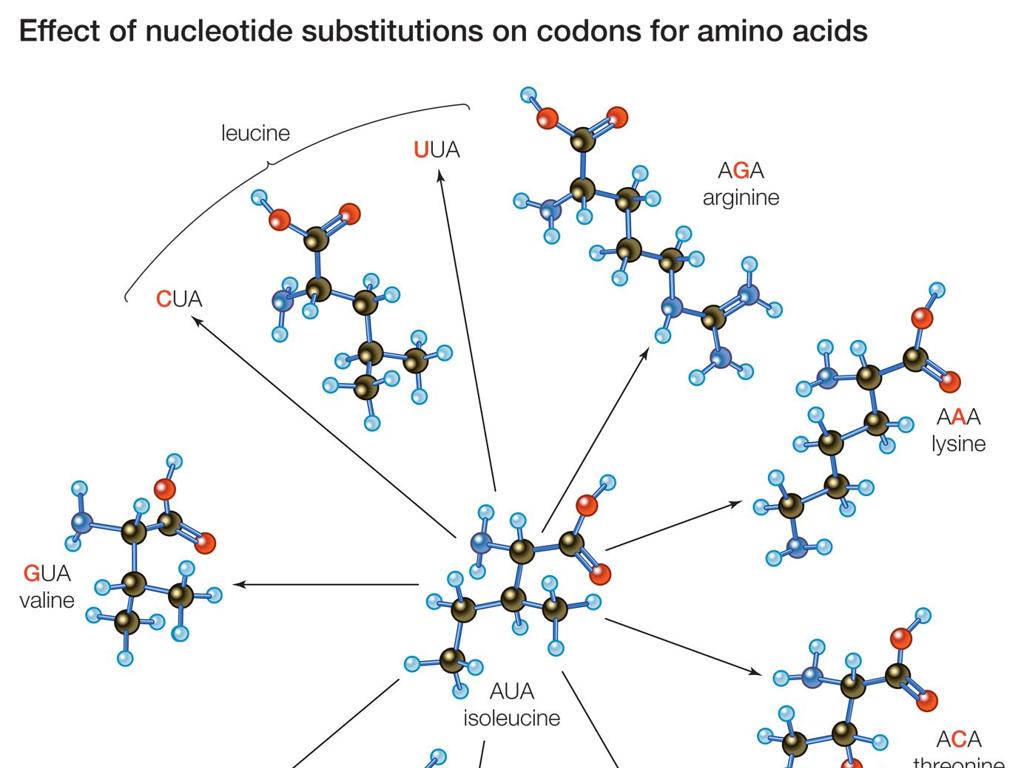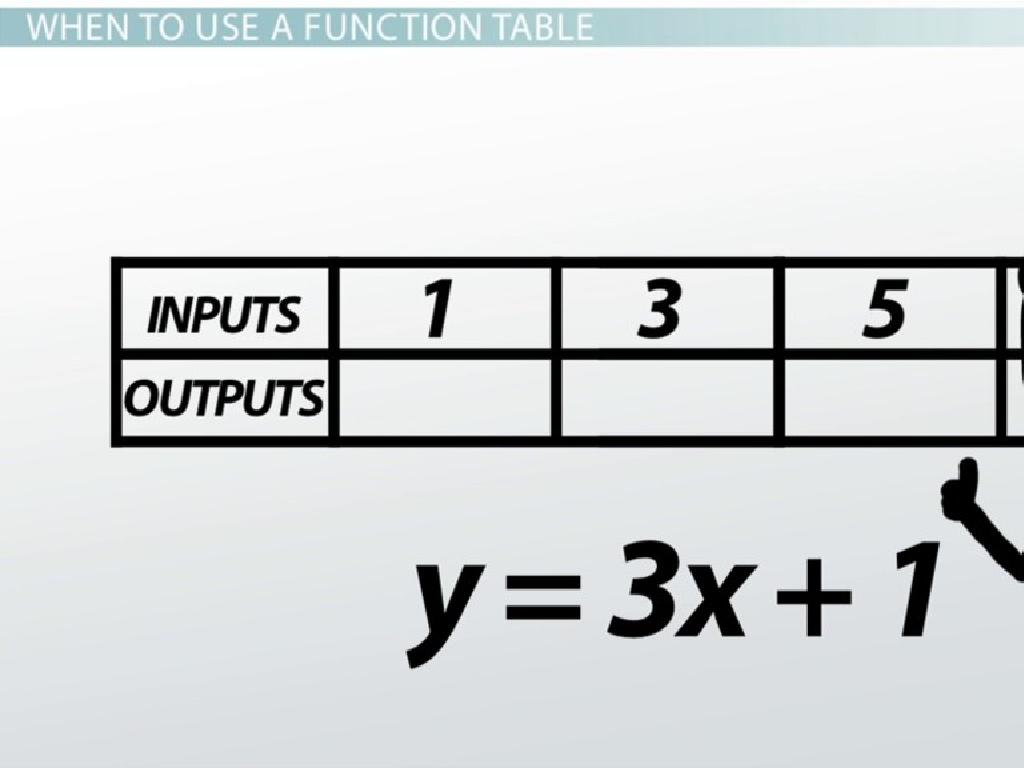Least Common Denominator
Subject: Math
Grade: Fifth grade
Topic: Fractions And Mixed Numbers
Please LOG IN to download the presentation. Access is available to registered users only.
View More Content
Today’s Adventure: Finding the Least Common Denominator!
– Understanding fractions and mixed numbers
– Fractions represent parts of a whole; mixed numbers combine whole numbers and fractions.
– Exploring the Least Common Denominator
– LCD is the smallest number that all denominators can divide into.
– Why it’s important in math
– It simplifies adding and subtracting fractions with different denominators.
– Applying LCD to add/subtract fractions
– Use LCD to find a common ground for fractions, making calculations easier.
|
This slide introduces the concept of the Least Common Denominator (LCD) and its significance in mathematics, particularly when working with fractions and mixed numbers. Begin by ensuring students have a solid understanding of what fractions and mixed numbers represent. Emphasize that finding the LCD is a crucial step in adding or subtracting fractions with different denominators, as it allows for a common basis for comparison and calculation. Provide examples of finding the LCD and using it to combine fractions. Encourage students to practice by finding the LCD for different sets of fractions and applying it to solve addition and subtraction problems.
Understanding the Denominator
– Denominator: bottom number in a fraction
– It’s like pieces of a pie
– Indicates equal parts of a whole
– If a pie is cut into 4 pieces, each piece is 1/4
– Example: In 1/4, 4 is the denominator
– Helps compare fractions accurately
|
The denominator is a fundamental concept in understanding fractions. It represents the total number of equal parts into which something is divided. For example, if a pizza is cut into 4 equal slices, each slice represents 1/4 of the pizza, and 4 is the denominator. It’s crucial for students to grasp this concept as it forms the basis for comparing fractions and finding the least common denominator. When comparing fractions with different denominators, we look for a common denominator that allows us to compare or combine the fractions. Encourage students to think of their own examples of denominators in everyday life, such as slices of pizza or segments of an orange.
Understanding Least Common Denominator (LCD)
– Smallest common multiple of denominators
– Essential for comparing fractions
– Helps to see which fraction is larger or smaller
– Used in adding/subtracting different denominators
– Necessary step before calculation
– Example: LCD for 1/4 and 1/6
– 12 is the smallest number both 4 and 6 can divide into
|
The Least Common Denominator (LCD) is a foundational concept in fraction arithmetic. It is the smallest number that all denominators can divide into without a remainder. Understanding LCD is crucial for students to compare fractions effectively and perform addition or subtraction operations when fractions have different denominators. For example, to add 1/4 and 1/6, we first find the LCD, which is 12, and then convert each fraction to an equivalent fraction with the denominator of 12. This slide will help students grasp the concept of LCD with a clear example, preparing them for more complex fraction operations.
Finding the Least Common Denominator
– List multiples for denominators
– If we have 1/4 and 1/6, list multiples of 4 and 6
– Find smallest common multiple
– The smallest multiple both lists share is the LCD
– Use multiplication tables
– Tables help us find multiples quickly
– Practice with examples
– Try finding the LCD for 1/3 and 1/5
|
This slide aims to teach students the process of finding the least common denominator (LCD) for fractions. Start by listing the multiples of each denominator. For example, for 1/4 and 1/6, list 4, 8, 12, 16, … and 6, 12, 18, 24, … respectively. Then, identify the smallest multiple that appears in both lists; in this case, 12 is the LCD. Encourage students to use multiplication tables as a tool to find multiples more efficiently. Finally, provide practice examples for students to apply this method, such as finding the LCD for 1/3 and 1/5. This exercise will help solidify their understanding of the concept.
Finding the Least Common Denominator (LCD)
– Example: LCD for 1/3 & 1/5
– List multiples of 3: 3, 6, 9, 12, 15…
– Multiples are what we get when we multiply the number by 1, 2, 3, etc.
– List multiples of 5: 5, 10, 15, 20…
– Like the 3’s multiples, but for the number 5
– The smallest common multiple is the LCD
– For 1/3 and 1/5, the first common multiple is 15
|
This slide provides a practice example for finding the least common denominator (LCD) between two fractions. The LCD is the smallest number that both denominators can divide into without leaving a remainder. It’s important for adding or subtracting fractions. Start by listing a few multiples of each denominator, then identify the smallest multiple they have in common. In our example, the multiples of 3 and 5 are listed, and the smallest common multiple is 15, which is the LCD for 1/3 and 1/5. Encourage students to practice with different pairs of fractions and to list out enough multiples until they find a common one. This exercise will help solidify their understanding of LCD and prepare them for adding and subtracting fractions with different denominators.
The Importance of the Least Common Denominator (LCD)
– Easy addition/subtraction with same denominator
– LCD for different denominators
– LCD helps combine fractions like 1/4 + 1/3
– LCD: A common language for fractions
– Think of it as translating fractions to a common dialect
– Simplifies complex fraction problems
– Makes adding/subtracting different fractions possible
|
Understanding the concept of the Least Common Denominator (LCD) is crucial for students as it simplifies the process of adding and subtracting fractions with different denominators. It’s akin to finding a common ground where fractions can be easily combined and compared. By converting fractions to have the same denominator, students can perform addition and subtraction operations as if the fractions had the same denominator from the start. This slide aims to explain the necessity of the LCD in simplifying fraction operations and to prepare students for practical applications of this concept in more complex mathematical problems.
Class Activity: Fraction Scavenger Hunt
– Find items with fractional amounts
– List their denominators as a group
– Determine the Least Common Denominator (LCD)
– Prepare to explain your LCD finding process
– Use methods learned in class to find the LCD
|
This interactive class activity is designed to help students apply their knowledge of least common denominators (LCD) in a fun and engaging way. Divide the class into small groups and have them search the classroom for items that can be quantified with fractions, such as pieces of paper cut into fractions, books with numbered chapters, or any other classroom resources. Each group should list the denominators of the fractions they find and then work together to find the LCD for their list. Afterward, each group will explain the method they used to find the LCD, reinforcing their understanding through teaching. Possible methods include listing multiples, using prime factorization, or applying the greatest common factor. This activity encourages teamwork, critical thinking, and practical application of mathematical concepts.
Wrapping Up: Least Common Denominator
– Excellent work on LCDs!
– Practice leads to mastery
– Homework: LCD worksheet
– Find the LCD for each fraction pair
– Keep practicing at home!
– Try more examples to become confident
|
Congratulations to the students for their hard work in learning how to find the least common denominator (LCD). Emphasize the importance of practice in mastering this concept. For homework, students are tasked with completing a worksheet that requires them to find the LCD for various pairs of fractions. This will help reinforce their understanding and provide additional practice. Encourage them to attempt more problems at home if they finish early. The next class will begin with a review of their homework to address any questions or difficulties they encountered.






